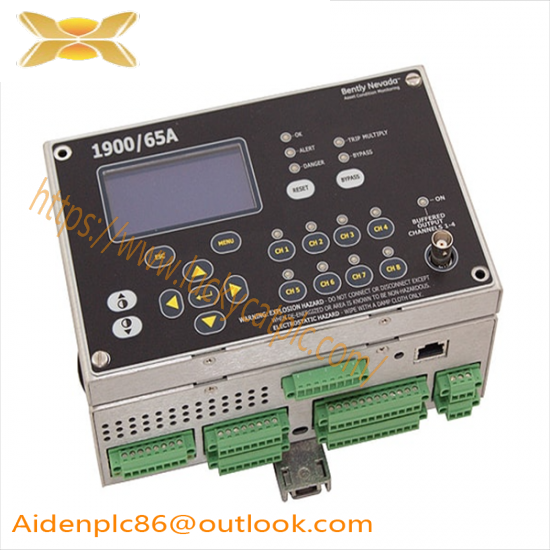Honeywell and Google sign agreement to bring Gemini generative AI to industry
Google Gemini, Alphabet’s flagship generative AI, is being acquired by Honeywell to reduce maintenance costs, increase productivity and upskill employees by providing insights into massive data sets for industrial giants.
“Moving toward automation requires assets to work harder, people to work smarter and processes to operate more efficiently,” Honeywell CEO Vimal Kapur said in a statement announcing the partnership. Honeywell will begin providing AI insights to industrial customers in 2025.
Kapur recently told CNBC that the biggest problem AI can solve in the industrial sector is first and foremost a generational shortage of workers, with falling birth rates in industrialized countries leading to a smaller workforce for jobs that were popular 25 years ago. “Everyone in industry has this problem,” he said at a recent CNBC event on AI opportunities. Kapur told CNBC that with the help of an AI co-pilot, AI will enable an employee with five years of experience to work at the same level as an employee with 15 years of experience.
The AI agents provided by Google will help engineers automate tasks and help technicians solve maintenance problems. Kapoor told CNBC at a recent event that Honeywell will soon embed connectivity in jet engines to enable predictive maintenance and reduce the time needed to work on the shop floor.
While AI is already being used in the industrial sector, the partnership will take it a step beyond current “AI point solutions,” Honeywell said, and will take AI “beyond simple chat and predictions” by connecting Google AI to the Honeywell Forge IoT platform.
Honeywell Forge, an IoT platform that contains information from Honeywell products’ industrial designs, manuals, and real-world performance, will leverage Google Cloud’s Vertex AI and Google’s large language models to build AI agents trained on that data.
“We are moving from automation to autonomy,” Suresh Venkatarayalu, Honeywell CTO and president of Honeywell Connected Enterprise, said in a Google blog post about the deal. “Our goal is to equip enterprises with AI agents that assist workers in real time — both on the factory floor and in the field.”
Workers can ask AI questions like “How did this department perform last night?” or “Why is my system making that sound?” according to the company.
Google AI will provide engineers with images, videos, text and sensor readings.
Carrie Tharp, vice president of strategic industries at Google Cloud, said in a blog post: “Industrial companies play a vital role in our daily lives, whether it’s the planes we fly, the medical devices we use, or the sensors that manage the air conditioning in our offices. As an entire generation of workers retires and, in many cases, there is no one to replace them, industrial companies are under tremendous pressure.”
Honeywell said the company is also exploring the use of Gemini Nano, a version of AI built into the device, to operate in locations such as data centers, hospitals, refineries and warehouses, especially in rural areas where internet connectivity may be problematic. Gemini Nano can provide AI directly on scanners, sensors and controllers to enable autonomous operations.
For AI giants like Google, getting industries across the economy to adopt AI is critical to turning capital-intensive technology into profitable opportunities. According to Honeywell, 82% of companies in the industrial sector that consider themselves AI leaders are lagging in adoption, and only 17% have fully launched initial AI programs.
Businesses in the economy also want their internal data to be as valuable as large language models like Gemini, which is the engine driving the next generation of AI. Hugging Face is one of the world’s most highly valued next-generation AI startups, with investments from Amazon, Nvidia and Google. “Data and datasets are the next frontier in AI,” said Clément Delangue, co-founder and CEO of the company, at the CNBC Evolve AI Opportunity event. He pointed out that more than 200,000 public datasets have been shared on the Hugging Face platform, which uses open source to develop AI models, and the data sets on the platform are growing faster than the growth of new large language models.
“The world will continue to evolve, and every company, every industry, and even every use case will have its own specific customized model,” said Delangue.
Siemens and Microsoft announced an AI agreement for the industrial sector late last year, which includes an AI co-pilot that can be used across industries.
Kapur believes that AI is a growth opportunity for the labor-starved industrial sector, which will bring new revenue opportunities rather than using it as a productivity tool first, and he is optimistic about the adoption curve quickly steepening. “Awareness is high, adoption is low, but there will be an inflection point,” he said at a recent CNBC AI event. “I do believe 2025-2026 will be a big year for AI adoption in the industrial sector.”
Related product recommendations:
DC-PDOD52
CT-MFD.21
086384-003
330180-50-CN
1746-N04I 4
DS200FCSAG2A
1756-L63
FBM218
6KAV143003Y1D1
3BHE037173R0101 KUD581 A101
6DS1332-8AA
IS200SCTTG1AAA
6FM1470-3CA25
3HAC2424-1
6ES7138-4DB03-0AB0
GFD563A102 3BHE046836R0102
6SE7028-0ES87-2DA1
ADV159-P00
3HAC025729-001
AI610 3BHT300000R1
35TP90
LUD070A
DTCA721A 3EST92-481
KW-EC1/AE-ETC-1.01
IS2020RKPSG3A
RLX-IH-SA 802.11b
IS200JPDMG1ADC
FS450R17KE3
S7-200 CPU 224
more……





